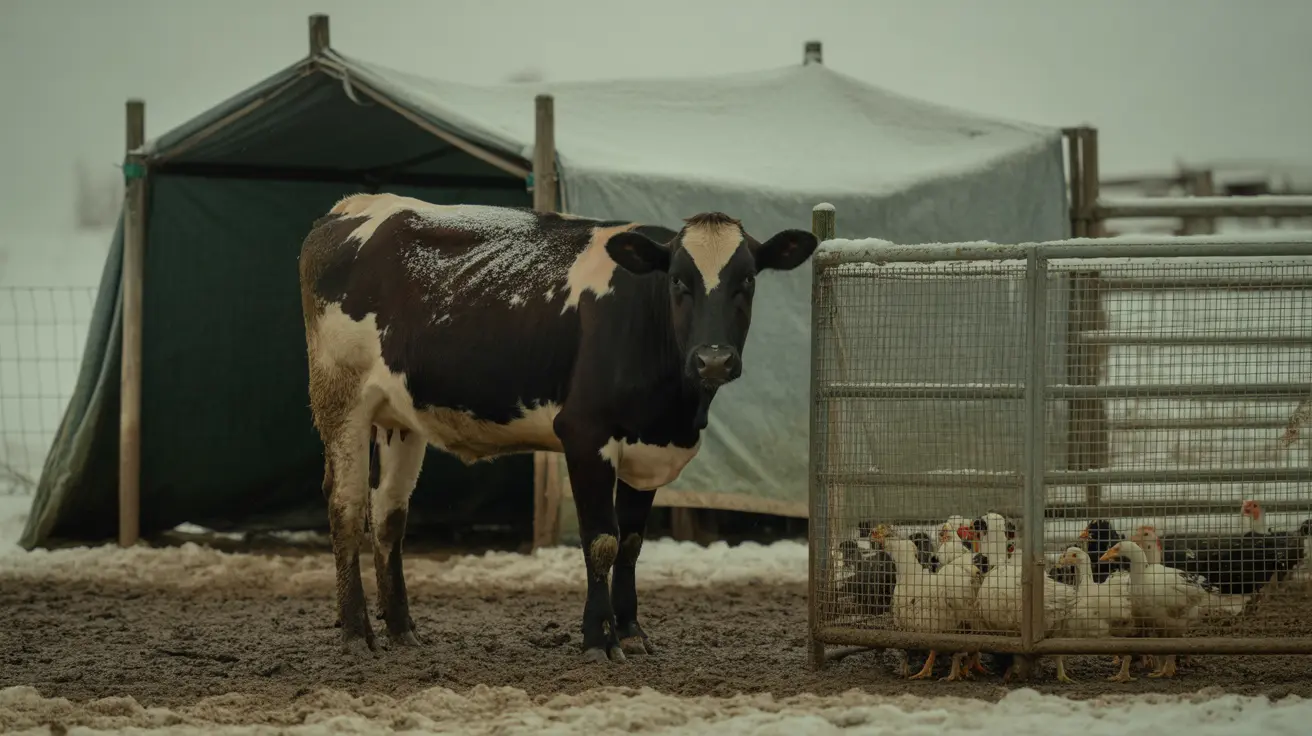How to Identify Low-Quality Dog Food
Choosing the right food for your furry friend is essential for their overall health and happiness. With hundreds of options on the market, it can be challenging to distinguish between high-quality and low-quality dog food. This guide will help you recognize the signs of inferior food products, so you can make informed choices for your pet.
1. Check the Ingredient List
The ingredient list provides the most direct insight into the quality of the dog food. Low-quality products often feature vague or harmful components such as:
- Meat by-products or meat meal: These are low-grade leftovers from meat processing and may include parts not typically consumed by humans.
- Generic labels like “animal fat” or “meat”: These provide no information about the source of the protein or fat.
- Artificial preservatives, such as BHA, BHT, and ethoxyquin, which can be harmful with long-term exposure.
- Artificial colors and flavors: These are used to make the food look and taste more appealing but offer no nutritional value.
2. Analyze the Protein Content
High-quality dog food has named animal protein sources like chicken, beef, or salmon at the top of the list. Low-quality brands might use plant proteins like corn gluten meal or soy, which offer inferior nutrition.
3. Be Careful with Grains and Fillers
Many poor-quality dog foods rely heavily on inexpensive fillers instead of nutritious ingredients. Watch out for:
- Corn, wheat, and soy: These are harder to digest and can cause allergies in some dogs.
- Excessive carbohydrates: While dogs need some carbs, a diet too rich in them can lead to obesity and other health issues.
4. Look for AAFCO Nutritional Adequacy Statement
This statement from the Association of American Feed Control Officials ensures the food meets basic nutritional standards. Products without this label may lack essential nutrients required for your dog’s health.
5. Understand Marketing Buzzwords
Packaging with claims such as “natural,” “premium,” or “gourmet” does not guarantee quality. Always verify these marketing claims by inspecting the ingredient list and nutritional breakdown.
6. Research the Brand
Look into the brand’s reputation for recalls, transparency, and customer trust. Brands that disclose sourcing and manufacturing practices are generally more reliable. Avoid those with a history of safety issues.
7. Evaluate the Food’s Appearance and Smell
- Unnatural colors may indicate the presence of artificial dyes.
- Strong chemical smells could suggest the use of preservatives or flavor enhancers.
8. Monitor Your Dog’s Reaction
If the food is low in quality, your dog may show signs such as:
- Digestive issues – vomiting, diarrhea, or gas.
- Dull coat and itchy skin due to poor nutrition.
- Lethargy or lack of interest in food might indicate poor palatability or inadequate nutrition.
Conclusion
Feeding your dog high-quality food is an investment in their long-term health. By carefully reading labels, avoiding misleading marketing, and watching for common red flags, you can steer clear of low-quality products and give your dog the nutrition they deserve.





